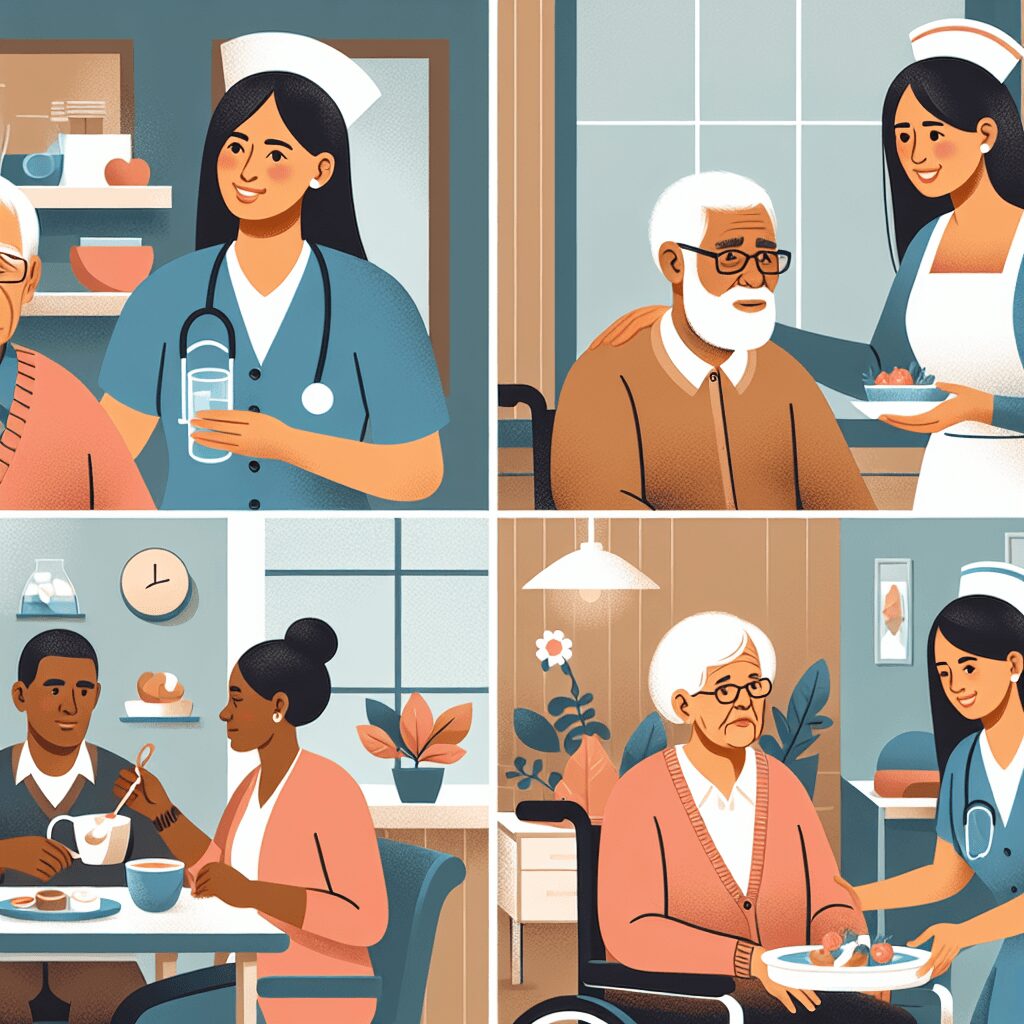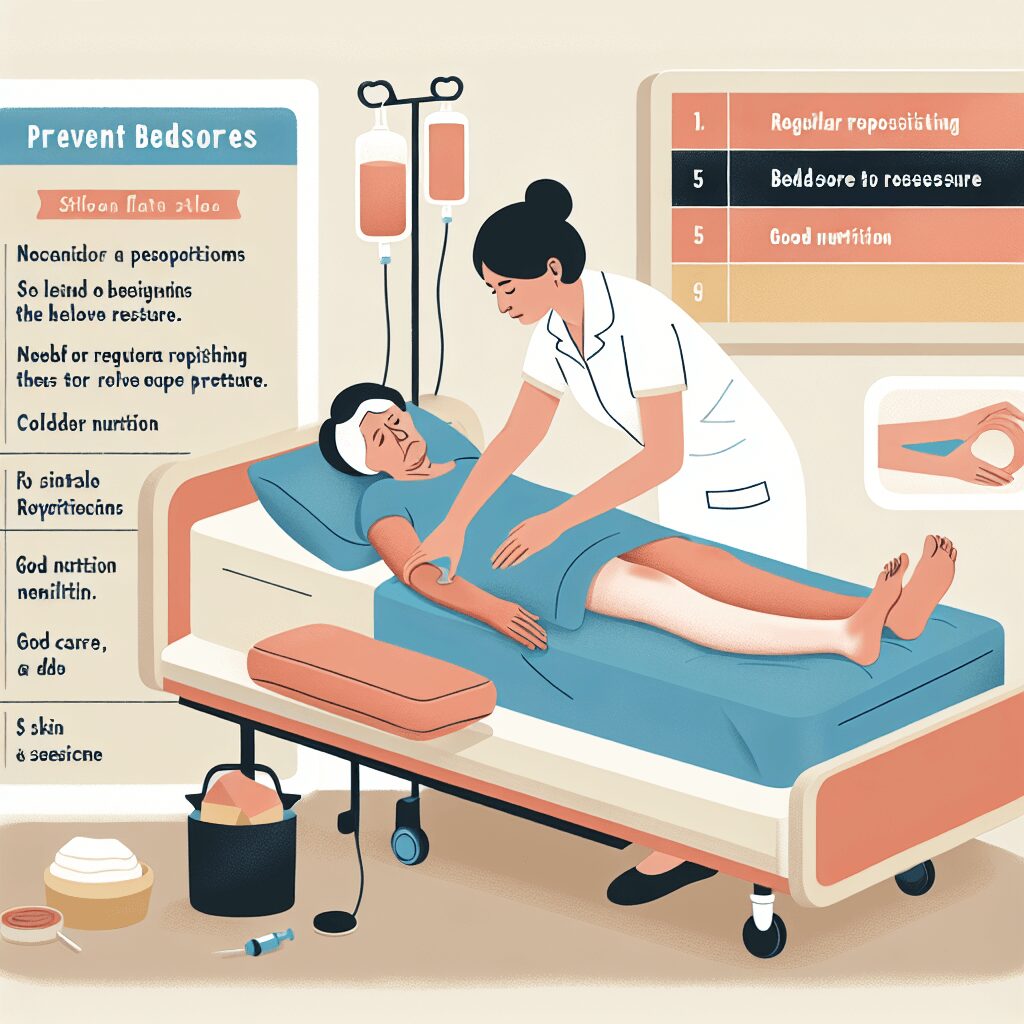When you think of mental health therapy, you might imagine a counselor’s office or deep conversations. But what actually goes on in therapy? How does it benefit individuals? Let’s look into psychotherapy and discover the techniques mental health professionals use to help people. Therapists use various tools like cognitive behavioral therapy and mindfulness techniques to address troubling thoughts, feelings, and behaviors.
Let’s explore these methods and understand the mind’s potential for healing!
Overview of Mental Health Therapy Techniques
Types of Therapy Approaches
There are different types of therapy approaches used in mental health treatment:
-
Cognitive-behavioral therapy (CBT)
-
Interpersonal therapy
-
Family therapy
-
Psychodynamic therapy
-
Art therapy
-
Psychoeducation
Each approach has its own techniques and goals. For example:
-
CBT focuses on developing helpful beliefs and healthier actions.
-
Interpersonal therapy improves relationships and emotional expression.
Using different types of therapy approaches can help individuals with depression, anxiety, and bipolar disorder. They can:
-
Develop coping skills
-
Improve self-esteem
-
Manage symptoms
Art therapy allows for creative expression of emotions, while Psychoeducation enhances understanding of mental health conditions. This variety in therapy approaches creates a customized treatment plan to meet specific needs and promote overall wellness.
Benefits of Therapy
Therapy can benefit mental health and well-being. It provides a safe space to tackle troubling thoughts, emotions, and behaviors.
Individuals can identify and change harmful patterns through therapy. This leads to a better quality of life and daily functioning. Therapy can relieve symptoms of anxiety, depression, and stress. It also helps develop healthy coping mechanisms.
Benefits of therapy include:
-
Modifying negative behaviors
-
Resolving life problems
-
Regaining control and pleasure in life
-
Learning coping techniques and problem-solving skills
-
Managing self-harm risks
-
Recovering from past trauma
Therapy can improve relationships, reduce disability with chronic medical conditions, and increase life satisfaction. It helps individuals actively participate in medical decisions and enhance emotional well-being.
Therapy promotes personal growth through tailored approaches like Cognitive Behavioral Therapy and Art Therapy. These help develop self-awareness, improve communication, and regulate emotions. Therapy offers a supportive environment for exploring thoughts and feelings, leading to overall growth and well-being.
What to Expect from a Therapy Session
During therapy, individuals may do various activities like journaling, trying new things, or making plans to handle their symptoms.
Therapists might also give homework, like writing in a journal or doing specific tasks, to help people use what they learn in therapy in their daily lives.
By taking part in these exercises, individuals can improve their coping skills, boost self-esteem, and learn better communication and problem-solving skills.
Therapists can help individuals set goals, track progress, and have guided conversations with relevant questions and clear objectives from the start of treatment.
Through regular sessions, therapists can check progress, notice changes in behavior or emotions, and adjust treatment strategies as needed.
This teamwork between the therapist and the individual creates a supportive environment for setting goals, tracking progress, and ultimately achieving positive outcomes in therapy.
Finding the Right Therapist for You
To ensure a therapist’s approach matches personal goals and needs, individuals should consider factors like the therapist’s specialization, experience, and therapeutic techniques.
Choosing a therapist experienced in dealing with specific mental health conditions and using evidence-based treatments such as cognitive behavioral therapy, dialectical behavior therapy (DBT), and exposure therapy is important.
You can also consider in-home therapy sessions. You can easily avail this service by contacting a home health agency. Such agencies, like ABET Life Home Health & Caregiving, provide skilled therapists who can provide various therapies, including physical, occupational, and speech therapy, in the comfort of your home. This helps patients who are unable to travel or have mobility issues and also provides them with personalized attention and care in a familiar environment.
To see if a therapist is a good fit, individuals can have initial conversations to talk about the therapist’s credentials, experience, treatment approach, and therapy goals.
Considering the therapist’s communication style, approach to confidentiality, and willingness to involve family members in treatment can also help decide if the therapist aligns with personal preferences and needs.
Formats for Therapy Sessions
Therapy sessions come in different formats:
-
Individual therapy
-
Group therapy
-
Marital/couples therapy
-
Family therapy
Each format has its purpose:
-
Individual therapy: personalized attention
-
Group therapy: peer support and shared experiences
-
Marital/couples therapy: improving communication and relationships
-
Family therapy: involving the entire family in healing
The format choice affects:
-
Support level
-
Insights gained
-
The success of therapeutic strategies
These formats uniquely address mental health, promote treatment, and enhance well-being during recovery.
FAQ
What are some common mental health therapy techniques?
Some common mental health therapy techniques include Cognitive Behavioral Therapy, Mindfulness-Based Stress Reduction (MBSR), and Dialectical Behavior Therapy.
How can cognitive behavioral therapy help with mental health issues?
Cognitive behavioral therapy can help with mental health issues by teaching individuals to identify and challenge negative thought patterns. For example, someone with anxiety can learn coping mechanisms to manage their symptoms by changing their thought patterns.
What is the role of relaxation techniques in mental health therapy?
In therapy, relaxation techniques help reduce stress and anxiety and promote overall mental well-being. Examples include deep breathing, progressive muscle relaxation, and mindfulness meditation.
How do therapists determine which therapy techniques are best for each individual?
Therapists determine therapy techniques based on the individual’s needs, preferences, and goals. They may conduct assessments, use their expertise, and consider evidence-based practices to tailor the approach. Therapy techniques can include cognitive behavioral therapy, mindfulness, and interpersonal therapy.
Looking for the best therapist to assist you in the comfort of your own home? Contact ABET Life Home Health & Caregiving today and get the health care you deserve.








